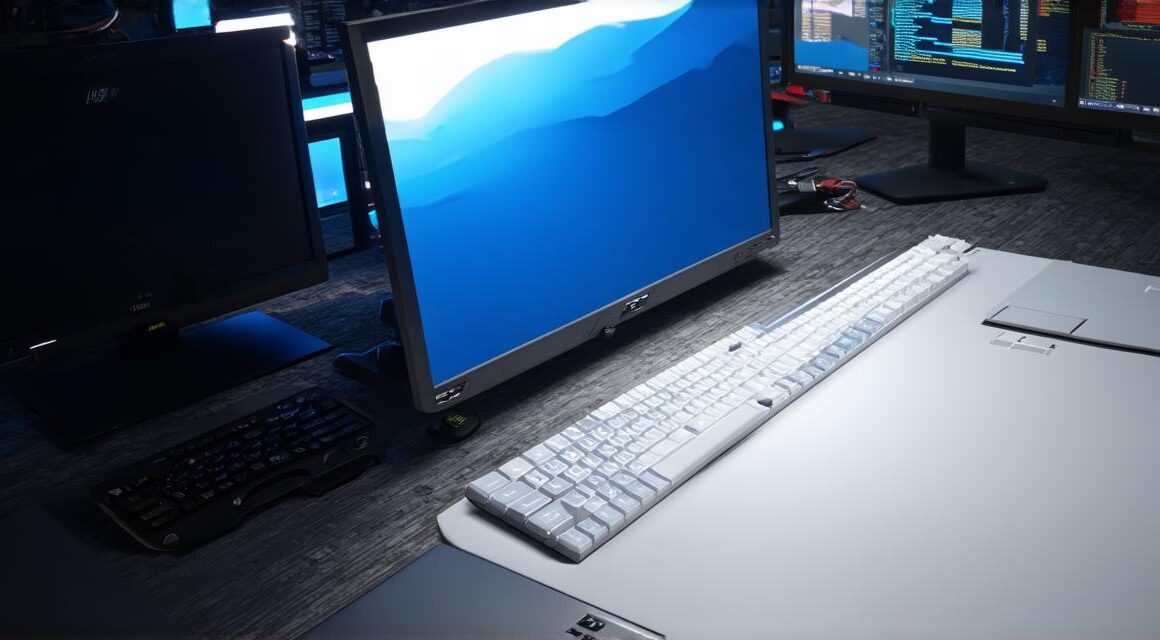Introduction:
Unity 3D is a powerful and versatile game development platform that allows developers to create 2D and 3D games for a variety of platforms. It is widely used in the industry due to its ease of use, extensive libraries, and support for various programming languages. However, one question that many Unity 3D developers ask is whether they can create multiplayer games using this platform. The answer is yes, but it requires some knowledge of networking and multiplayer development. In this guide, we will explore how to create multiplayer games using Unity 3D, including the tools and techniques required to implement multiplayer functionality.
Part 1: Understanding Multiplayer Development
Multiplayer development refers to creating games that can be played by multiple players over a network. It is a complex process that requires knowledge of networking protocols, synchronization, and optimization. Multiplayer games are typically designed to be played online, although they can also run on local networks. There are several types of multiplayer games, including first-person shooters, strategy games, role-playing games, and sports games.
To create a multiplayer game using Unity 3D, you will need to use Unity’s built-in networking tools. These tools provide support for creating client-server architectures, handling network communication, and managing synchronization between clients. Unity also supports various networking models, including peer-to-peer, client-server, and master-slave.

Part 2: Setting Up the Environment
Before you can start developing your multiplayer game, you need to set up your development environment. This involves installing Unity 3D on your computer or network, as well as configuring your network settings. Here are the steps to get started:
- Install Unity 3D: Download and install the latest version of Unity 3D from the official website (https://unity3d.com/). Follow the installation instructions provided by Unity.
- Configure your network settings: Open the Unity Editor and go to Edit > Project Settings > Networking. In this window, you can configure your networking settings, such as the IP address, port number, and authentication method. You will also need to enable the Networking component in your project by selecting it from the Assets menu.
- Create a new multiplayer game: In the Unity Editor, create a new project and select the 3D template. From there, you can add your game assets, such as models, textures, and scripts.
Part 3: Creating the Game Logic
The game logic is the core of your multiplayer game, and it involves writing code to control the behavior of your game objects. In Unity 3D, you can use C or JavaScript to write your game logic. Here are some of the key components of your game logic:
- Networked script: To make your game objects networked, you need to attach a Networked component to them. This component allows you to synchronize the position, rotation, and scale of your game objects across all clients in the game.
- Message system: In order to communicate between clients, you need to define a message system that allows each client to send and receive data. Unity provides support for various message formats, including binary and text-based protocols. You can use these protocols to implement features such as character movement, weapon firing, and object manipulation.
- Prediction and reconciliation: To provide smooth gameplay, you need to use prediction and reconciliation techniques to handle network latency and ensure that all clients see the same state of the game. Prediction involves predicting what will happen in the game based on previous input, while reconciliation involves resolving any discrepancies between client states when they are synchronized.
- Synchronization: You need to ensure that all clients have the same state of the game by synchronizing data across all clients. This involves using Unity’s built-in networking tools to replicate game objects and data, such as positions and velocities, across all clients.



